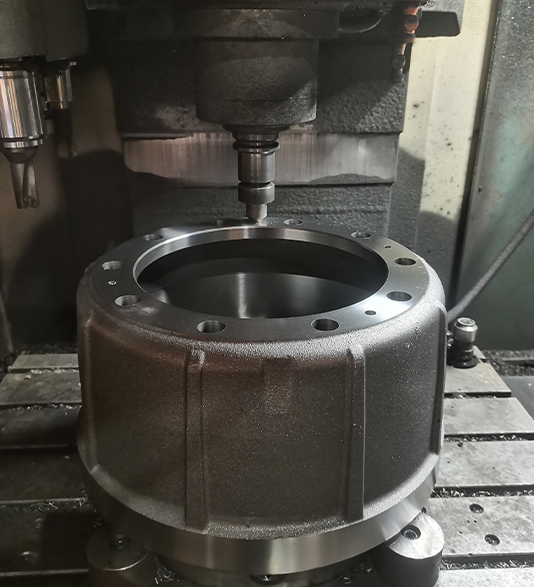Nov . 01, 2024 15:28 Back to list
Guidelines for Replacing Brake Drums and Shoes at the Right Time
When to Replace Brake Drums and Shoes
Maintaining a vehicle's braking system is crucial for safety on the road. Among the components of this system, brake drums and shoes play a significant role, particularly in vehicles that use drum brakes. Understanding when to replace them can prevent accidents and ensure optimal performance.
Brake drums are circular metal components that house the brake shoes. When the brake pedal is pressed, the brake shoes expand against the inside surface of the drums, generating the friction needed to slow down or stop the vehicle. Over time, both brake drums and shoes wear down due to friction, heat, and debris exposure, necessitating replacement.
Signs It’s Time to Replace Brake Drums and Shoes
1. Warning Light Many modern vehicles have a dashboard warning light that indicates a problem with the braking system. If this light comes on, it’s advisable to have your brakes inspected immediately.
2. Squeaking or Grinding Noises If you hear squeaking when you apply the brakes, it often means that brake shoes are worn out and need replacement. Grinding noises can indicate that the brake shoes are worn down to the metal, which can damage the drum and create more expensive repairs.
3. Vibrations or Pulsations If you feel vibrations or pulsations when braking, it may indicate uneven wearing of the brake drums. Warped drums can lead to reduced braking efficiency and require replacement.
4. Reduced Braking Performance If your vehicle takes longer to stop than it used to or feels less responsive when braking, it’s time to check the brake shoes and drums.
when to replace brake drums and shoes

5. Visual Inspection Regularly inspect your brake components, looking for any signs of wear, cracks, or corrosion. If the surface of the drum appears deeply scored or if the shoes show excessive wear, replacing them promptly is essential.
Recommended Replacement Intervals
While brake components vary in lifespan based on driving conditions, a general rule is to inspect brake drums and shoes every 20,000 to 30,000 miles. However, this can change based on driving habits, such as frequent stop-and-go traffic or towing heavy loads, which may prompt more frequent inspections and earlier replacements.
Importance of Professional Help
When it comes to replacing brake drums and shoes, it’s often beneficial to seek professional assistance. Mechanics can provide a thorough inspection and determine the necessary replacements, ensuring that all aspects of the braking system are functioning correctly. Additionally, they can advise on whether other components, like wheel cylinders or brake fluid, may need attention.
Conclusion
Brake drums and shoes are vital for safe vehicle operation. Regular inspections and awareness of warning signs can help ensure that your braking system remains effective. Remember, ignoring these components can lead to severe consequences, both in terms of safety and potential repair costs. Always prioritize your vehicle’s braking performance to enjoy safe and reliable driving experiences.
-
HINO Industrial Solutions - ¡Ң���ຽ��е��������˾ | Advanced Efficiency&Customization
NewsJul.13,2025
-
HINO Industrial Efficiency Solutions - ¡Ң���ຽ��е��������˾
NewsJul.13,2025
-
HINO Industrial Solutions - ¡Ң���ຽ��е��������˾ | Advanced Technology&Reliability
NewsJul.13,2025
-
HINO Industrial Efficiency-Jiangsu Hino Industrial|Productivity Optimization&Cost Reduction
NewsJul.12,2025
-
HINO-¡Ң���ຽ��е��������˾|Advanced Industrial Solutions&Energy Efficiency
NewsJul.12,2025
-
Premium Brake Drum Iveco – Durable Drum Brake Drum & Brake Shoe Solutions
NewsJul.08,2025
